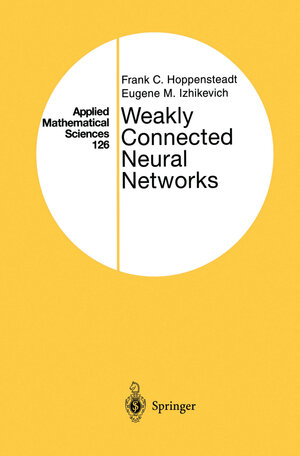
From the reviews:
„... After the introduction, written according to the authors in ordinary language, and well readable even for laymen, follows a nicely written Chapter 2 on bifurcations in neuron dynamics which must be read. Here also spiking and bursting phenomena are clearly described. Chapter 3 contains a short sketch of nonhyperbolic (when the Jacobian matrix of (1) has at least one eigenvalue with zero real part) neural networks. The remaining part of the book is mainly devoted to canonical models (Chapter 4), their derivation (Chapters 6--9), and their analysis (Chapters 10--12). The term canonical model is not precisely defined here. The authors say that a model is canonical if there is a continuous change of variables that transforms any other model from a given class into this one. As the method of deriving the canonical models, the authors exploit the normal form theory. Canonical models treated in the book have only restricted value: They provide information about local behavior of (1) when there is an exponentially stable limit cycle but they say nothing about global behavior of (1), including the transients. The last Chapter 13 describes the relationship between synaptic organizations and dynamical properties of networks of neural oscillators. In other words, the problem of learning and memorization of phase information in the weakly connected network of oscillators corresponding to multiple Andronov-Hopf bifurcation is treated analytically.
Surprisingly the book ends without any conclusions. Also there are no appendices to the book. The references are representative and sufficiently cover the problematics treated in the book.“ (Ladislav Andrey, Mathematical Reviews)




